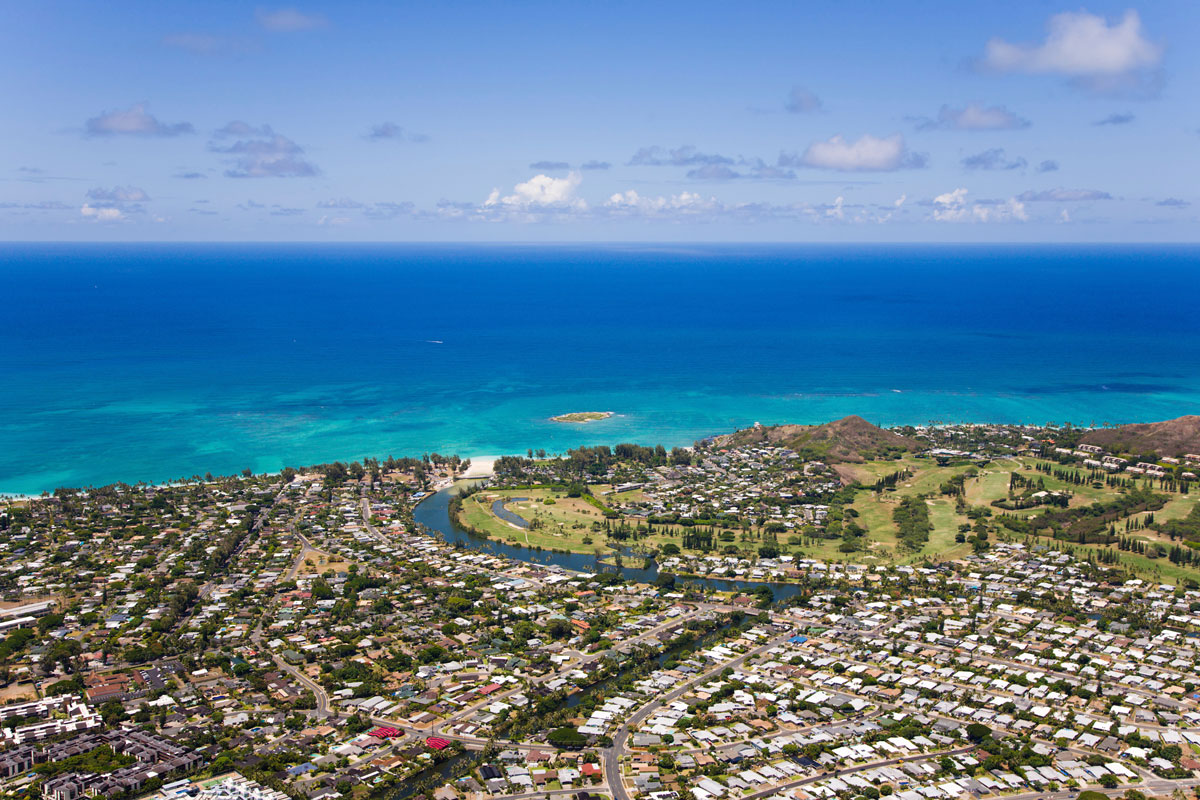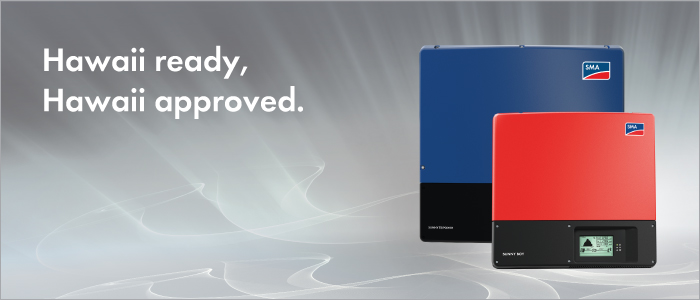Hawaiian grid requirements explained: interim ride through

It’s a fact: The continued growth of solar in Hawaii depends on inverters with advanced grid stability functionalities. Grid support through these functions, based on real-time grid conditions, will ensure responsible growth as the rate of PV penetration increases across the islands.
As we continue our look into the newly approved settings for inverters working on the HECO grid, we’re excited to announce the Sunny Tripower TL-US and Sunny Boy TL-US families of inverters are fully compliant and approved for interconnection.
Interim voltage settings
In areas with high PV penetration, it’s imperative for grid stability that solar systems continue feeding power into the electrical grid through momentary instabilities to prevent larger outages. These capabilities are achieved through the inverter’s settings and, without them, other systems would be forced to shut off until normal grid conditions returned.
Inverters like the Sunny Tripower and Sunny Boy TL-US will be required to maintain operation during short periods of high or low grid voltage. Normal operation for HECO’s requirements will be between 85-113 percent of nominal voltage. When voltage rises anywhere between 113-120 percent for 0.82 seconds, the inverter will remain connected and producing power.
However, once voltage stays within that range for 0.9 seconds, or rises beyond 120 percent, the inverter will stop producing power and wait for the grid to return within its normal range for 305 seconds (a little more than five minutes).
When voltage drops between 85-50 percent of normal, the inverter will maintain operation for 4.9 seconds and only stop producing once normal voltage does not return for 5 seconds. Should voltage drop below 50 percent, the inverter will continue operation for 0.07 seconds and shut down after 0.16 seconds unless voltage returns to 50 percent of normal for 305 seconds as before.
Interim frequency settings
Similarly to voltage ride-through, inverters connected to HECO’s grid must be capable of riding through short-term frequency disruptions and halt production should frequency remain outside normal operation for extended periods of time.
Normal grid frequency can range between 57-62.5 Hz. When frequency rises between 62.5-64 Hz, the inverter will ride through for 0.07 seconds and halt power after 0.16 seconds before waiting for normal operation for 305 seconds. The same times for ride-through and system trip apply to low frequency occurrences, anything between 56-57 Hz.
Future changes to ride-through
These settings allow installations to begin immediately providing proof of the changes to the inverter has been given to the local AHJ. However, as we’ve stated, they are only interim. Full ride-through settings will be slightly different in their requirements and SMA will be fully compliant upon enforcement.
Solar energy is vital for the economic and environmental wellbeing of Hawaii and SMA eagerly anticipates the future of smart inverters and advanced solar technologies stemming from these requirements.





Feel free to contribute!